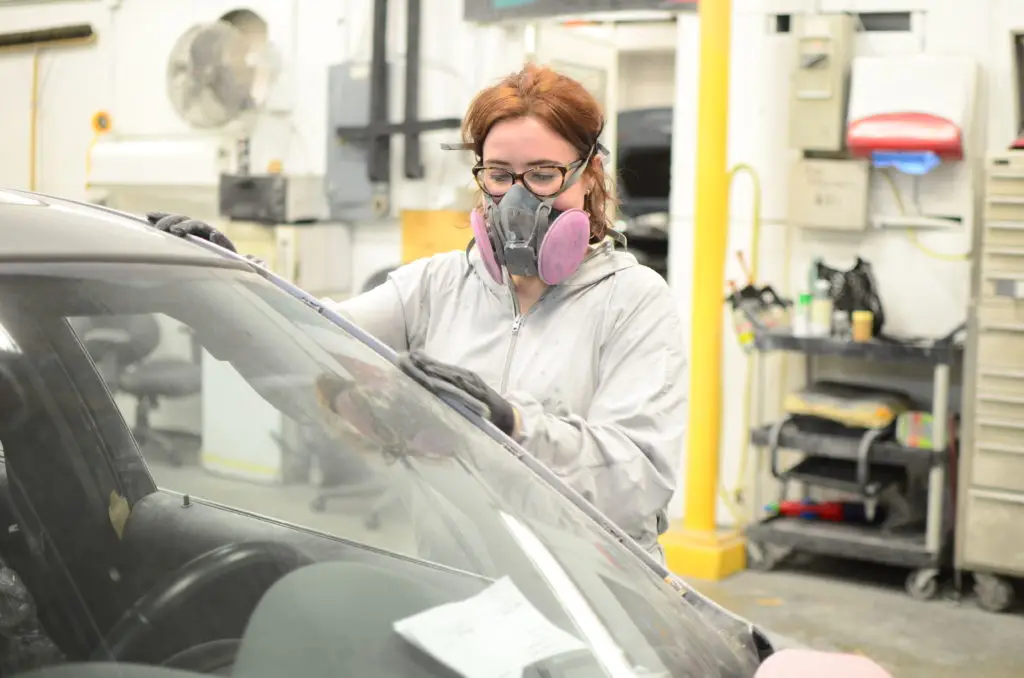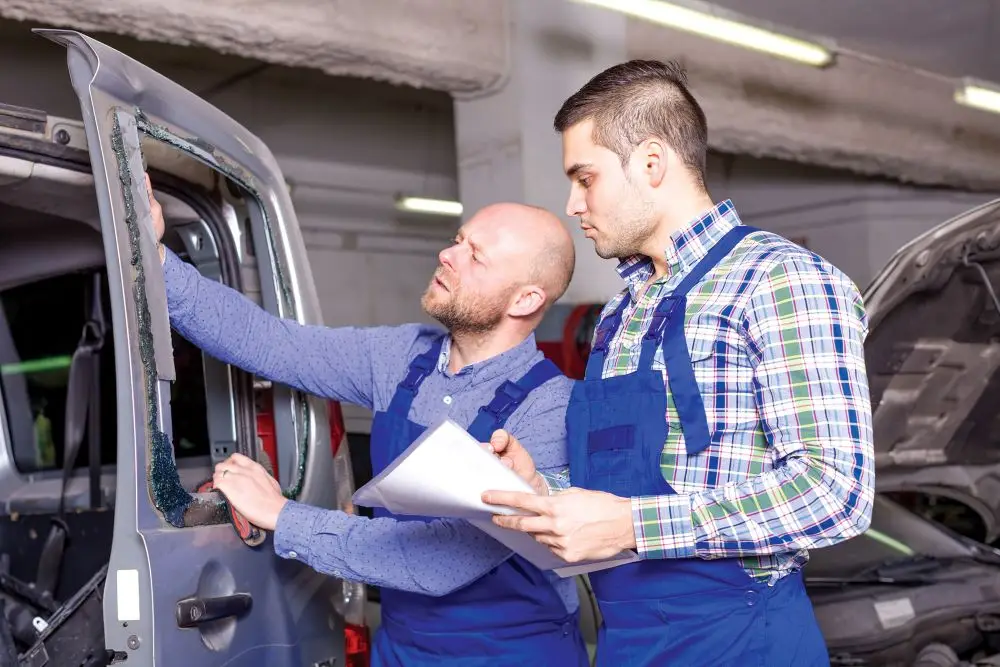What will it take to attract and retain new talent in the collision repair industry?
The hottest topic today in the trades is the shortage of workers. Each industry is competing against one another to fill skilled positions. It is expected that more than 250,000 new apprentices will be needed over the next five years to meet the demand in Canada. Current skilled trade workers are aging and planning for retirement, which adds to the urgency of recruiting fresh talent to take their positions. As labour rates increase in other industries, including unskilled labour, recruiting for the collision industry is becoming more complex.
People want to know that they are moving forward in their careers. Apprentices are not just looking for a paycheck; they are looking for a career. They are looking for support and encouragement along the way. Best practices are only learned through actual practice, so we must support our apprentices through their journey to certification.
An apprentice’s sacrifice is fewer dollars per hour during their learning, but they should not be left feeling isolated when they make mistakes. The expression “paying your dues” should not normalize those feelings. Many managers get caught up in efficiency ratings and forget to consider the people producing for them. The most critical factor in producing hours is the technician performing the repairs. If the technician begins to feel like just a number for their company’s profit, they may start to look for greener pastures.
When there is no benefit, retaining and upskilling current employees becomes challenging. Lack of support can create a negative work environment unaccepting of change or learning. Managers must facilitate passion and develop the skills needed to advance their technician’s careers. Equip journey people with the skills required to become a mentor, and challenge apprentices to improve and push themselves to the next level. Emphasis should be placed on the benefits of learning a skilled trade, including quality on-the-job training and classroom integration.
The opportunity for apprentices to move from partial to full participation in tasks is the purpose of an apprenticeship. A supportive team and a clear career progression path create the optimum environment. Ask our certified technicians where they see themselves in the industry in the next five years. They may want to move into a leadership role or take on different tasks. Taking an active role in the progression of an apprentice to a journeyperson is critical to the success and retention of our current skilled workers. A successful shop invests its resources into developing the skills of its technicians and plays an active role in succession planning. As workers retire, there is a potential loss of valuable knowledge. Younger technicians need the benefit of experienced tradespeople.
Many training programs will help simulate the collision shop environment, but this is only a simulation. The only way to become excellent and efficient is to do the work and make mistakes to learn and grow. With the pressure of production, this often gets viewed as a liability. Collision repair shops are more responsible for technician training than ever before. Journeyperson status is only the start of a career.

A journeyperson ticket shows that a technician has the fundamental skills to learn and adapt to the changing industry, but the apprenticeship system can be challenging. Technical instructors have limited time with apprentices in technical training and are bound to follow outcomes set out by the industry. Apprentices also face the challenge of time because attending school only accounts for 20% of the overall skills and knowledge a technician is expected to have by the time they are certified. Most of the training and experience happens while they are in the industry. If apprentices don’t get the opportunity to try other procedures or advance while in the industry, they may not pursue full certification.
The collision repair industry can be very demanding. An entry-level technician’s average wage is equivalent to working in a department store. I remember working as a first-year apprentice; I made more money as a cashier than using my hands and working hard all day at the shop. I pushed forward because I loved getting a chance to work on cars, but the love of the job does not put food on the table.
The collision industry is unique because an outside entity controls much of the wages that technicians receive. Many procedures that are required to repair a vehicle are done for free. Technicians are often the ones fighting for compensation. They buy their own tools and perform complicated tasks daily under a time crunch. They are expected to learn new processes quickly, and vehicles must look like they were never in a collision. There are now more steps involved with each repair, and it is becoming more expensive to learn for both the technicians and the shops. The pressure of trying something new and failing looms over each new technician. The time it takes to perform complicated repairs varies, and making the hours in a flat-rate or piecework situation can be challenging. This may cause technicians to take shortcuts to make the hours and, in turn, make money.
Changing vehicle technology requires continuous learning and the time to learn specific processes. The last thing on a technician’s mind is whether they will be paid to perform certain operations. They need to understand the manufacturer’s specifications for the vehicle that they are working on and ensure they complete a quality repair. Technicians should not be concerned about the time it takes to do so, especially if they are performing a new process or training someone new.
Technological advancement has allowed for cleaner, more precise repairs and more emphasis on safety and personal health in the collision industry. With advancing technology comes more specialized knowledge. Computer and technology training is a necessity to repair vehicles today. Many skilled tradespeople are part of an aging demographic, and they have yet to keep pace with these advancements because they did not grow up with computer devices in their pocket. Many are hesitant to work with calibration equipment because of technological differences. This can allow younger workers to advance and feel like they are contributing and pushing the trade forward. Allowing them to try other aspects of the trade can create interest and different challenges.
Attracting talent to the collision industry is one of our biggest hurdles when competing against high-paying industries. Today’s workforce is looking for competitive wages, job security, and opportunities for skill improvement. Think what would make you happy or satisfied at work and provide that to your team. A supportive atmosphere will set this industry up for a strong foundation for years to come.

Cecile Bukmeier, the chair of the Auto Body program at the Northern Alberta Institute of Technology, educates and inspires auto body apprentices in Alberta. Beginning her career in high school, Cecile won gold at the 2013 Skills Canada car painting competition and has since served in various leadership roles with Skills Canada, contributing globally to the auto body industry.

